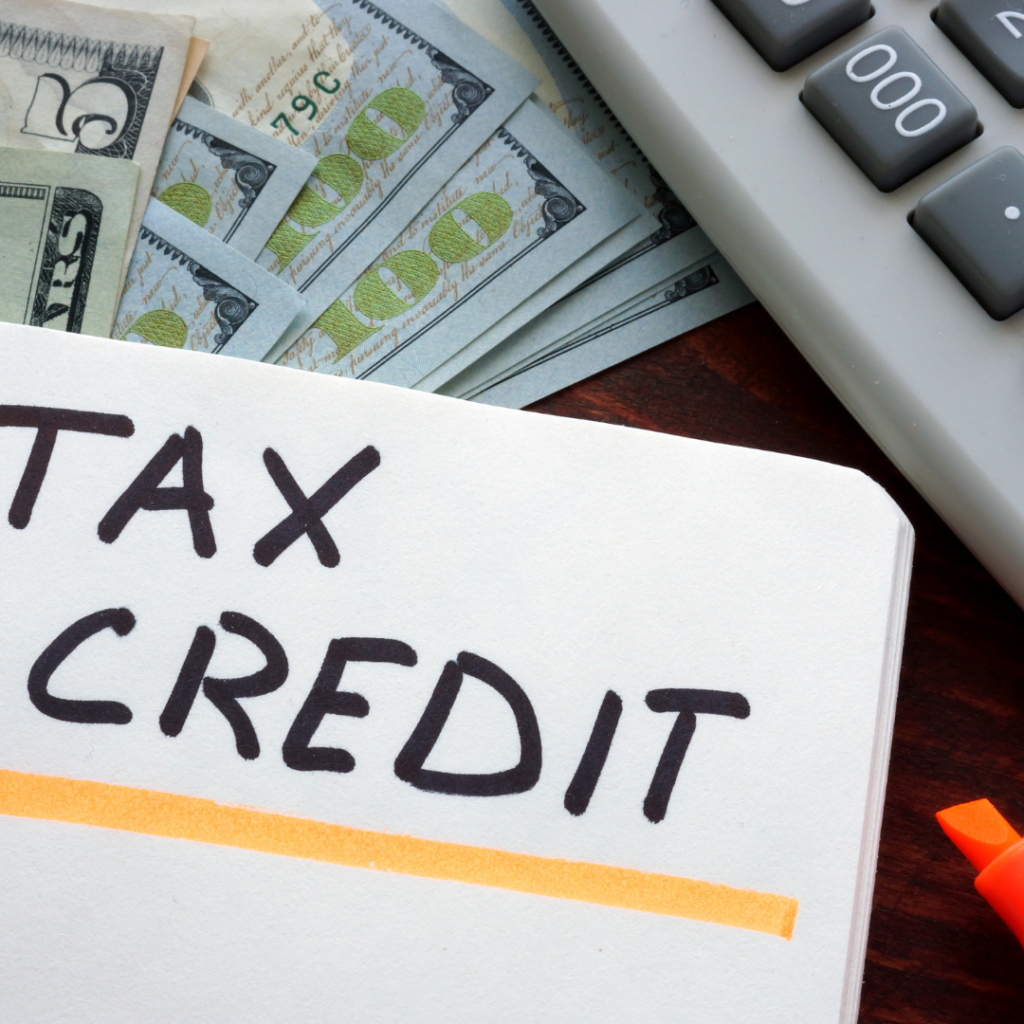
The IRS made history in 2020 when it issued “stimulus checks” to more than 160 million taxpayers based on the information provided in their 2018 or 2019 tax returns. More formally known as Economic Impact Payments, those initial amounts — $1,200 for each taxpayer and $500 for their dependents – were subject to income limits and phaseouts which may have reduced or eliminated the amounts paid to each taxpayer. And additional $600 per family member (including dependents) was issued in January of this year.
Whatever you call them, those payments were actually advance Recovery Rebate Credits. This means that if you were ineligible to receive them based on your 2019 income, you may be eligible to take the RRC on your 2020 tax return if your income dropped below the eligibility limits in 2020.
Dependent changes may also trigger a payment. Taxpayers who were dependents on your 2018 or 2019 tax return who is no longer a dependent can claim the tax credit on their own 2020 tax returns, subject to income limitations. If you added a bouncing baby dependent in 2020, you can also claim a credit for the EIP amounts for your child.
What if you made more in 2020 and do not qualify for the payment you received? Will you have to pay it back? It depends. For the first and second payments, you should not have to repay the credit. For the expected third payment, the rules are still unclear.
We’re following this issue closely so we can provide our clients with the most up to date information. Things can change quickly, so check back frequently for updates!